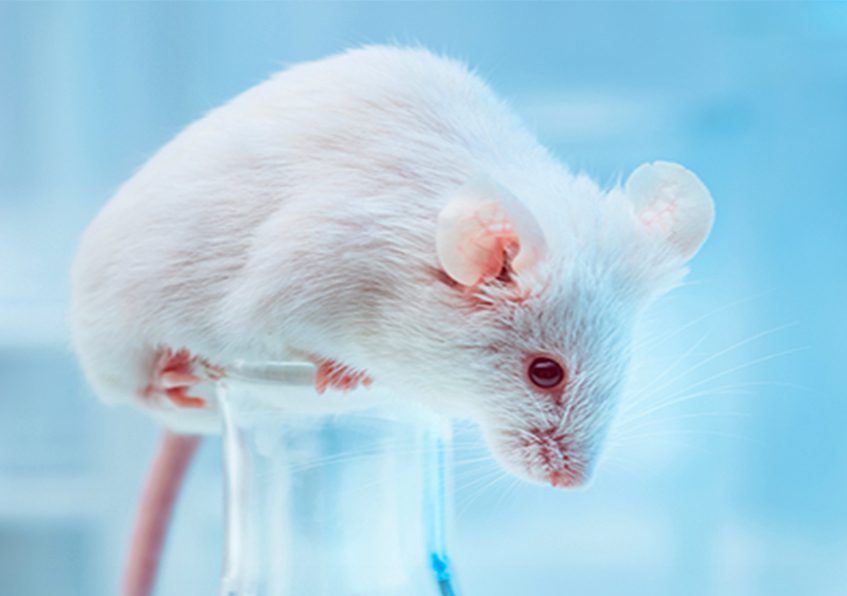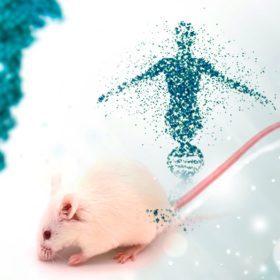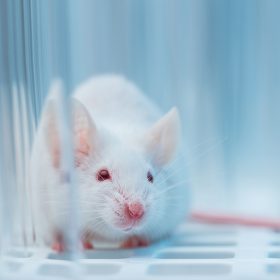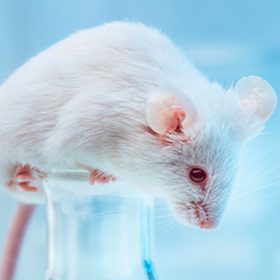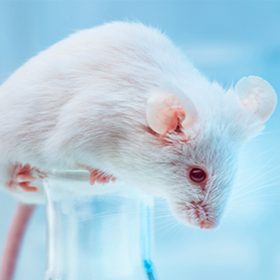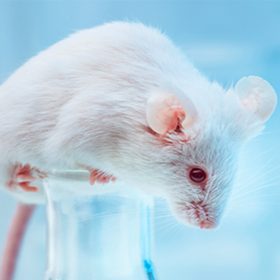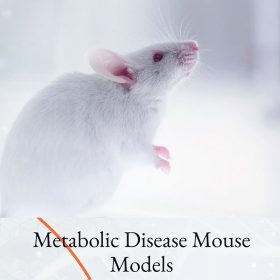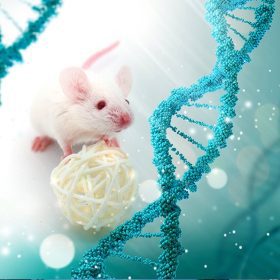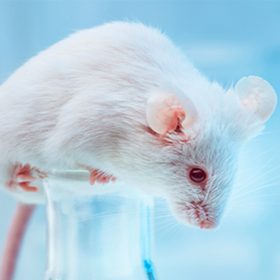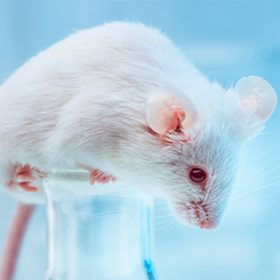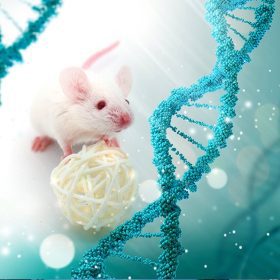Hyperlipidemia Mouse Models
Hyperlipidemia Mouse Models
Add to cart
The incidence of hyperlipemia (HLP) is increasing with the improvement of living standards and the change of people’s dietary structure.
HLP severely impairs patients’ health since persistent high blood lipid levels can lead to metabolic disorders as well ascardiovascular and cerebrovascular disorders, such as atherosclerosis, coronary artery disease, and myocardial infarction.
Consequently, it is highly recommended for the purpose of living a healthy life to keep blood lipids in check. Meanwhile, many in the field of healthcare and human medicine continue to make the best effort to identify better and more suitable treatment options.
GemPharmatech has established several disease models for researching HLP and lipid-lowering medications.
|
Strain No.
|
Strain Name | Strain Type | Description |
|---|---|---|---|
| T001464 | Ldlr-KO | Cas9-KO | The deletion of the Ldlr gene in C57BL/6JGpt mice leads to a significant increase in blood lipid concentrations, and the intake of high-fat diet results in the development of arteriosclerosis at an early age. The primary applications for this model are cardiovascular diseases such as atherosclerosis and hyperlipidemia, as well as vasodilator screening. |
| T001458 | Apoe-KO | Cas9-KO | Knocking out the Apoe gene in C57BL/6JGpt mice causes a significant increase in blood lipid concentration. High-fat diet feeding results in early arteriosclerosis as well as learning disability and dementia. This model can be used to study cardiovascular disease, atherosclerosis, lipid metabolism, and the function of Apoe in Alzheimer’s disease. |
| T055510 | B6-hAPOC3-Tg | Transgenic | B6-hAPOC3-Tg mice were established by randomly inserting the human APOC3 gene into the genome of the B6 mice. This strain develops hypertriglyceridemia spontaneously and can be used to evaluate the efficacy of antibody drugs and siRNA drugs targeting APOC3 . |
| T053388 | B6-hPCSK9-UTR | Cas9-KI | The coding region and the 3’ UTR of the murine Pcsk9 gene of C57BL/6JGpt mice were replaced by the corresponding fragments of the human PCSK9 gene. These mice are susceptible to hyperlipidemia when fed with high-cholesterol diets. These models can be used to evaluate the efficacy of siRNA drugs targeting PCSK9. |
| T015765 | B6-hPCSK9 | Cas9-KI | B6-hPCSK9 mice were generated by replacing the murine Pcsk9 gene in C57BL/6JGpt mice(CDS area) with the corresponding human PCSK9. These mice can develop hyperlipidemia when fed a high-cholesterol diet, making them suitable for evaluating the efficacy of PCSK9 antibody drugs and small molecule medications. |

